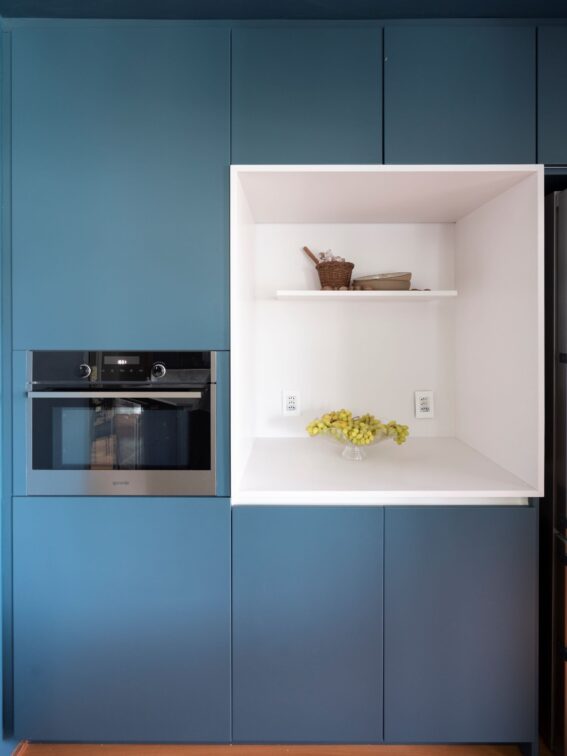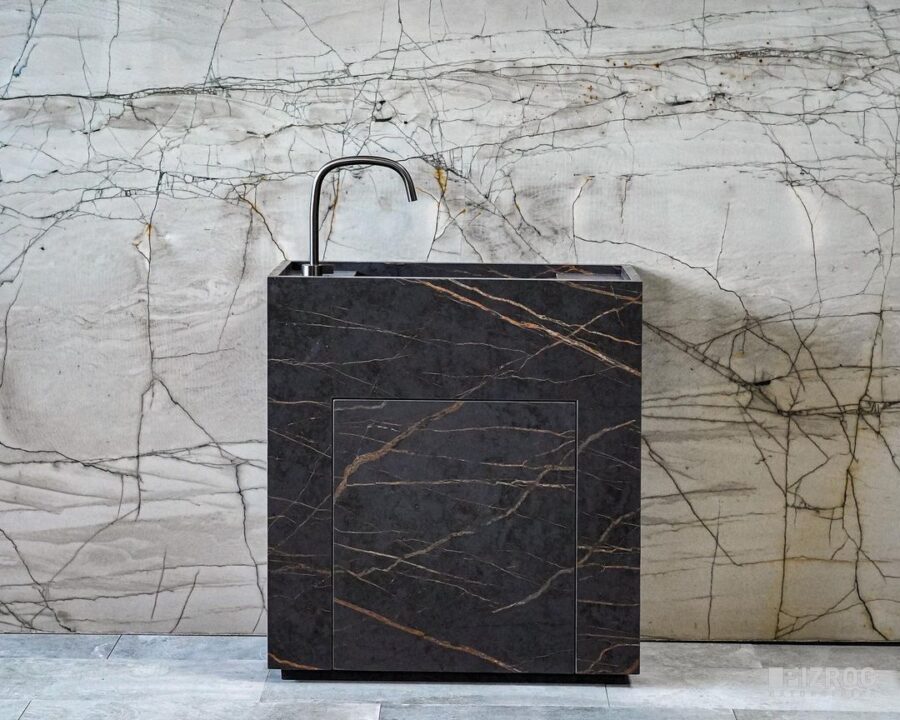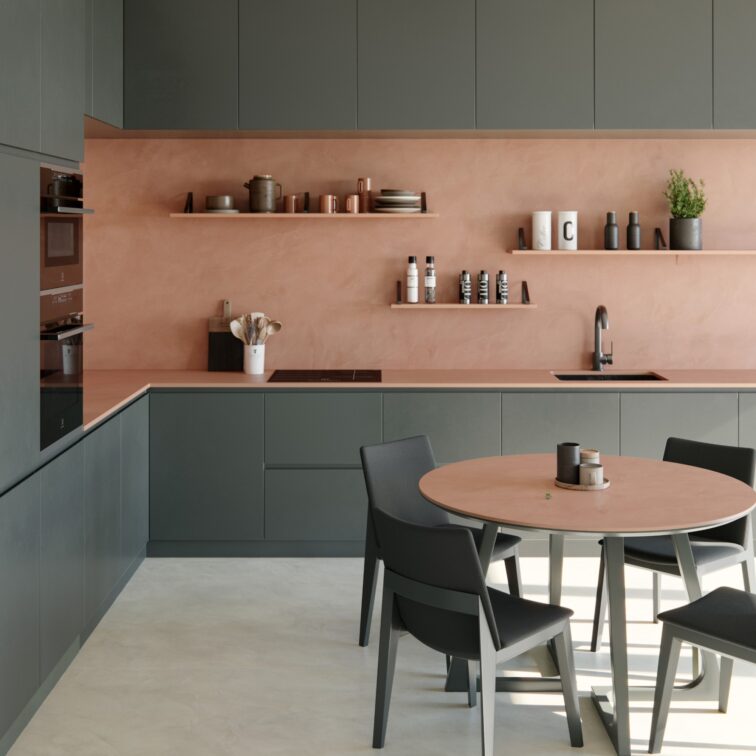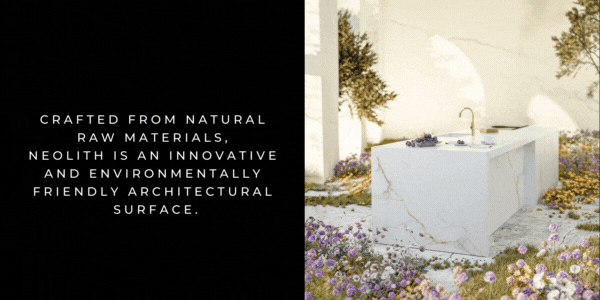Consentino: Decorative element
A cool and contemporary way of introducing colour into the home, colour-blocking is a popular design choice for many.
But more than just a decorative element, colour can also act as an architectural element. Cosentino recently worked with Ana Arana and Enrique Ventosa, founders of Madrid-based architecture studio Plutarco, who use colour as an additional construction material in their projects.
“We always tell our clients that paint is the perfect way to try out a new colour in a project because painting over a colour is easy and means you can try out several variables.”
Here, they talk about the trend and how they use colour-blocking.
The use of solid blocks of vibrant colour, colour-blocking first appeared on runways and canvas before making its way into the home. How do you approach colour blocking in your work?
“We like to include colours on the ceiling to give more presence and prominence to a part of a home that often goes unnoticed. We also often include colour or a checkered design on the floor too,” explains the duo.
How do you choose colour(s) for a particular project?
“Intense colours provide vitality and add an element of surprise to a design,” says Ana and Enrique.
“Colours must be chosen based on the intended use for each space because these affect our mood. For example, if we want to convey passion and drive we could opt for red, while greens and blues are colours more associated with calmness and serenity.
“We also differentiate between cooler and warmer colours. Cooler colours create a sense of freshness and relaxation, as they do not imply a notion of excessive movement. These colours are often used when we want to make a space feel larger. Warmer tones offer vitality and impetus to a space. These colours are used to create more intimate, closed, and warmer spaces.”
How do you combine colours when colour-blocking?
“We like to focus on nature when combing colours,” they say, noting that one can also use a colour wheel to select colours.
A great option for those who want to introduce colour into a bathroom or kitchen, Consentino can create Silestone basins in unique colours for the bathroom, as well as bespoke shower trays.
“Colours from the Silestone Sunlit range, such as Arcilla Red, Cala Blue and Posidonia Green, work particularly well for colour-blocking,” explains Consentino.
For kitchens, Consentino suggests “cladding your kitchen cabinets with Dekton Slim, a 4mm format that will help to create a uniformed appearance for the entire kitchen, creating colour blocks by using the same material on the worktop, fronts and cabinets.”
You might also like...
-
Medal Paints: Summer refresh: Elevating your home during the December holidays

As South Africa enters its festive season, homeowners find themselves with a unique opportunity as the summer holidays present the perfect moment for transformative DIY ...
-
The Hidden Benefits Of Using Pivot Door Hinges

Pivot doors are swiftly becoming popular among architects and homeowners, and the reasons are quite obvious. They have a sleek design and the potential to ...





























